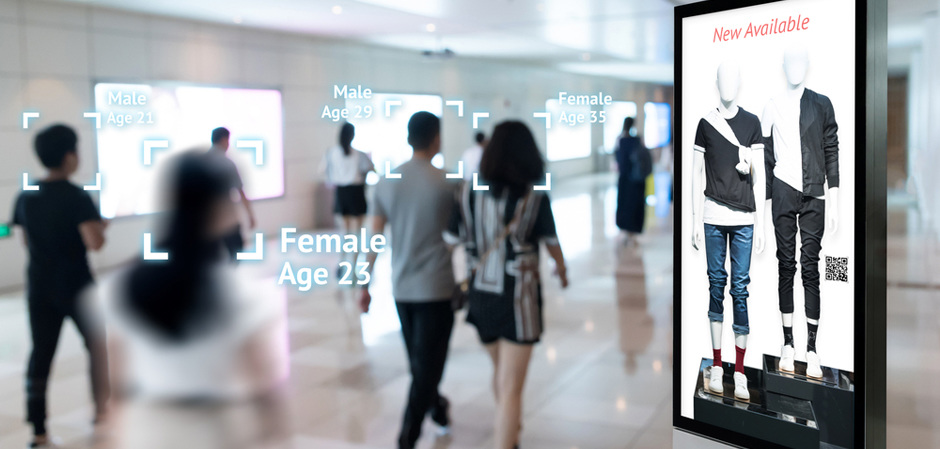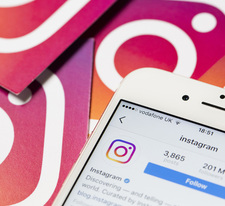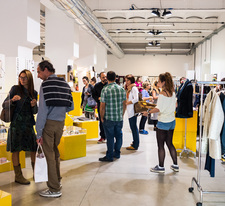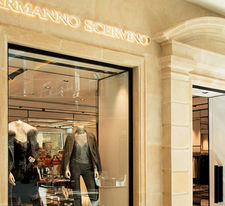So advanced
part 1 part 2 part 3 part 4 part 5
Four years ago, experts stated that the so-called traditional brand promotion (exhibitions, mass media, mailing of booklets, etc.) is a thing of the past and is being replaced by direct advertising, social networks and other "one-click" tools. However, it is too early to talk about the decline of the good old advertising, according to the interlocutors.

Despite the dominance of the Internet and the decline in the share of the advertising market, the so-called traditional advertising is still one of the important tools for brand promotion, says Konstantin Budagyan, senior analyst at CB Richard Ellis Market Research Department. The volume of the TV advertising market, according to the Association of Communication Agencies of Russia (ACAR), remains comparable to the Internet and in 2017 amounted to 165.6 billion rubles for the main channels. The choice of optimal promotion channels depends on the target audience of the brand. Facebook Instagram, Facebook, Instagram, and video services (primarily Youtube), which are popular among this age group, place ads in search engines (Yandex, Google), social networks (Vkontakte, Odnoklassniki, Facebook, Instagram) and video services (primarily Youtube). Many large cosmetic brands spend more on advertising in traditional media than on the Internet (according to AdIndex, in 2017 L'oreal's expenses amounted to 2.694 billion rubles in offline media versus 0.779 billion rubles for online advertising).

At the same time, large advertisers from the fashion segment mainly choose online as the main channel of promotion. Of the brands Lamoda, Intermoda, KupiVIP and Landau Fashion Group (brands Gerard Darel, Sandro, Maje, Tara Jarmon) in 2017, each spent more than 500 million rubles on online advertising. Sales of fashion brands remain high in traditional sales channels. Leading brands are widely represented in the most successful shopping centers in Moscow ("Aviapark", "Atrium", "Metropolis", "European", etc.). «As for "glossiness", «"glamor" in the broad sense of the word, that is, the essence of promotion, then this approach will not disappear anywhere, because it is the most important way of presenting, attracting and selling goods in fashion, "Alexey Vanchugov, managing partner of "Vanchugov and Partners", is convinced. The changes will affect the form of presentation of this gloss, and in the last three years we have seen global shifts in this area. If earlier glossiness was broadcast through TV and cable channels, the print press in the form of high-quality printed expensive magazines and other traditional media channels, today we can see the amazing world of glamour on Facebook, Youtube and other online communication channels. Changing the shape does not cancel the need for a beautiful glossy picture.

According to Mr. Vanchugov, glossy media in Russia today are not experiencing a sunset, but are entering the era of the "quattrocento", that is, the early Renaissance. "I mean that glossy magazines give the reader a feeling of something significant and solid, tactilely familiar and pleasant, which a small mobile phone or tablet cannot give a person," the expert explains. And in this sense, I am sure that the future of fashion brand promotion lies in the combination of paper and digital technologies. For example, even today, the flagships of the print press are implementing technologies when the magazine is used in conjunction with a tablet. Static information and a picture in the magazine are supplemented with interactive, video or augmented reality on a nearby gadget. Such Magic Book technologies will become one of the cross-platform ways to promote fashion brands in the future.

Most interlocutors agree: traditional media are experiencing a "new round of evolution". "In the material culture of the West, with the development of the Internet, reading magazines and newspapers has acquired the character of a fetish," says Mikhail Petrov, CEO of Smart Estate Moscow. – Just like us: after a short and sharp failure of the book trade with the advent of e-books, there was a steady growth, because this is more in line with our mentality as a feature of the "most reading country in the world". Unfortunately, we did not have the same culture in the consumption of periodicals, which cannot be said about the West. There, a man reading a newspaper with a cigar and coffee in the morning – the classic image of a successful person – has been propagandized for dozens, if not hundreds of years. The monthly purchase of Vogue magazine, the bible of all fashionistas, is still a model of behavior that occurs in Hollywood scenarios with extraordinary frequency. Without the support of the promotion of commercially sound lifestyles, our mass media developed inertially and therefore more organically. The society has really lost interest in printed periodicals, but it has gone to the web, and it has gone very well.
According to Mr. Petrov, in order to properly evaluate communication channels, brands need to "look" into their consumers more than ever. "If the basis of your target audience is youth, advertising in hard wear Vogue will not bring additional clientele, but the audience is showing increasing interest in electronic versions of magazines and the number of subscribers in social networks of classic gloss is much more than their circulations at the best of times," the expert explains. Exhibitions are professional events designed primarily for buyers who are interested not so much in advertising positioning as in direct access to models, which cannot be replaced by anything, because in this way the buyer evaluates the full range of product qualities.
To be continued.
Text:Ekaterina Reutskaya
Photo: shutterstock











